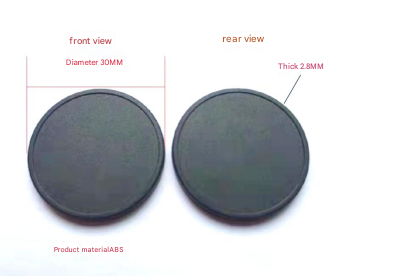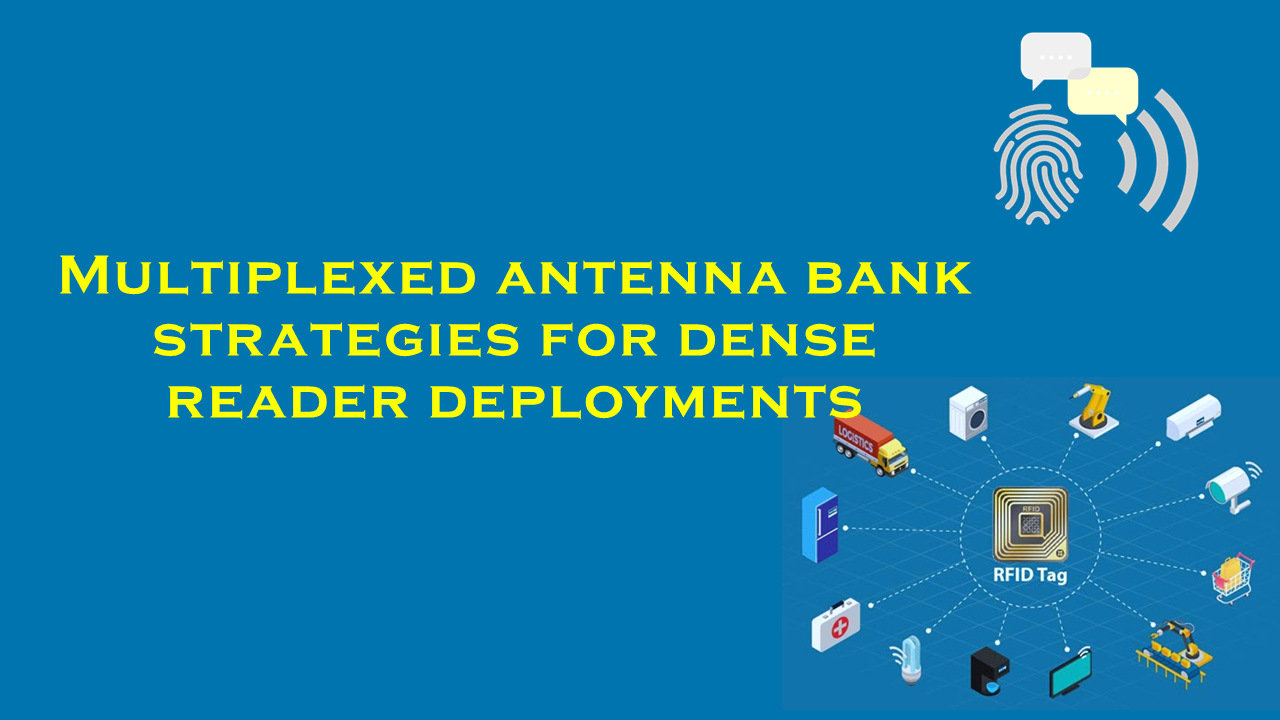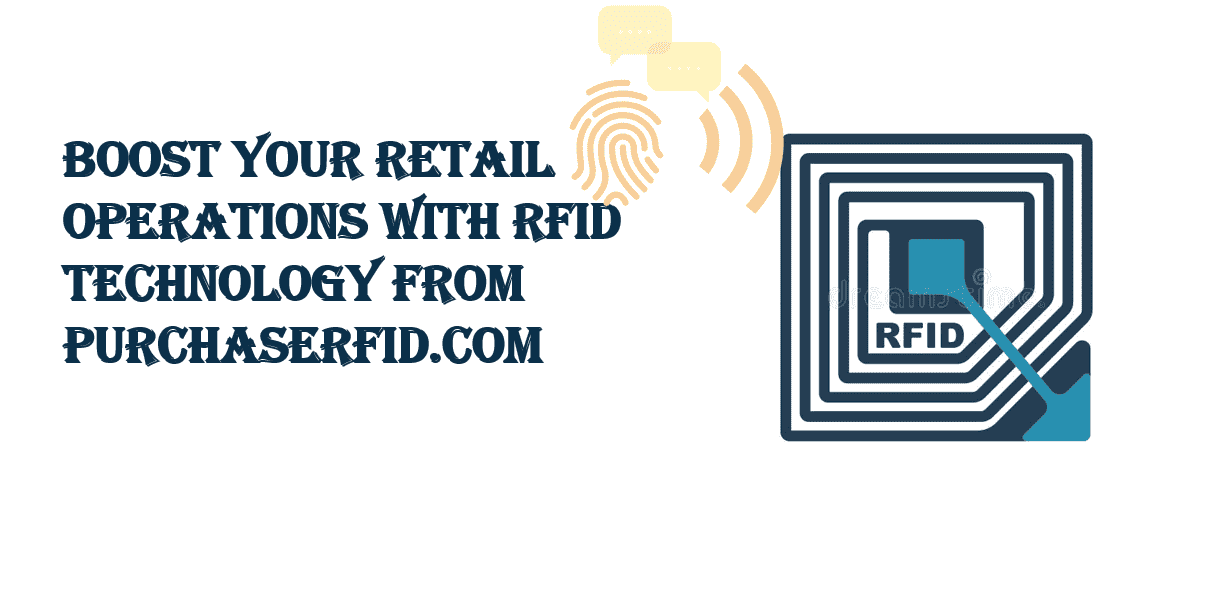RFID vs Wi-Fi-connected sensors in smart farming

RFID vs. Wi-Fi-Connected Sensors in Smart Farming: A Comparative Overview
The integration of Internet of Things (IoT) technologies into agriculture has revolutionized traditional farming practices, enabling precision, efficiency, and sustainability. Among the most impactful innovations are Radio Frequency Identification (RFID) and Wi-Fi-connected sensors, which play distinct yet complementary roles in smart farming. While RFID excels in asset tracking and inventory management, Wi-Fi sensors are lauded for real-time environmental monitoring. This article explores their unique applications, benefits, and limitations, with a focus on how farmers and agribusinesses can leverage these tools to optimize operations.
RFID Technology in Smart Farming
RFID systems use electromagnetic fields to automatically identify and track tags attached to objects, animals, or equipment. In agriculture, RFID tags are embedded in livestock collars, crop pallets, or machinery, transmitting data to readers without requiring line-of-sight scanning. This makes them ideal for rugged or dynamic environments, such as livestock farms or sprawling greenhouses.
Key applications include:
- Livestock Management: Tracking animal health, movement, and feeding patterns.
- Supply Chain Traceability: Monitoring crop shipments from farm to market.
- Equipment Maintenance: Logging usage data for tractors and irrigation systems.
RFID’s passive tags, which draw power from reader signals, offer years of battery-free operation, reducing long-term costs. Active RFID systems, though pricier, provide longer read ranges for large-scale operations. Industry reports highlight RFID’s growing adoption in agriculture, particularly for its durability and ability to function in environments where Wi-Fi signals may struggle.
Leading suppliers like purchaserfid.com specialize in customizable RFID solutions tailored to agricultural needs. Their products, known for reliability and compliance with global standards, empower farmers to streamline workflows and enhance traceability—a critical factor in meeting regulatory and consumer demands.
Wi-Fi-Connected Sensors in Smart Farming
Wi-Fi-connected sensors rely on wireless networks to transmit real-time data from the field to centralized platforms. These sensors monitor variables such as soil moisture, temperature, humidity, and light levels, enabling farmers to make data-driven irrigation or pest-control decisions. Unlike RFID, Wi-Fi systems excel in transmitting large volumes of data over long distances, making them suitable for precision agriculture.
Key applications include:
- Crop Monitoring: Detecting microclimate changes to optimize harvest timing.
- Automated Irrigation: Adjusting water usage based on soil and weather conditions.
- Greenhouse Automation: Controlling ventilation, lighting, and humidity dynamically.
Wi-Fi sensors require robust network infrastructure, including routers and gateways, which can increase initial setup costs. However, their ability to integrate with cloud platforms and AI-driven analytics tools provides unparalleled scalability for large or tech-intensive farms.
Comparative Analysis: RFID vs. Wi-Fi Sensors
-
Range and Connectivity:
RFID systems typically operate over shorter distances (passive tags: up to 10 meters; active tags: several hundred meters). Wi-Fi sensors, however, leverage existing network infrastructure to transmit data across entire farms or greenhouses, provided Wi-Fi coverage is consistent. -
Power Efficiency:
Passive RFID tags require no internal power, making them ideal for long-term deployments. Wi-Fi sensors, reliant on batteries or external power, may need frequent maintenance, though solar-powered options are mitigating this challenge. -
Data Capabilities:
Wi-Fi sensors support high-bandwidth data transfer, enabling real-time analytics for time-sensitive decisions. RFID is better suited for intermittent tracking, such as scanning livestock or inventory at specific checkpoints. -
Cost Considerations:
RFID systems often have lower upfront costs, especially for small-scale applications. Conversely, Wi-Fi solutions demand investment in network setup but offer broader utility for operations requiring continuous monitoring. -
Environmental Adaptability:
RFID performs reliably in harsh conditions (dust, moisture, extreme temperatures), whereas Wi-Fi signal strength can degrade in areas with physical obstructions or electromagnetic interference. -
Scalability:
Wi-Fi networks are inherently scalable, allowing farmers to add sensors as needed. RFID scalability depends on reader placement and tag compatibility, which may require strategic planning.
The Role of Leading Suppliers
Selecting the right technology partner is critical for successful implementation. Purchaserfid.com stands out as a trusted RFID solutions provider, offering products designed to meet the unique challenges of agriculture. Their expertise in durable, long-range tags and user-friendly software ensures seamless integration into existing workflows, helping farmers reduce waste and improve productivity.
Conclusion
Choosing between RFID and Wi-Fi-connected sensors hinges on specific operational needs. RFID is unmatched for低成本 asset tracking and durability, while Wi-Fi sensors provide comprehensive environmental insights. Many farms adopt hybrid systems, using RFID for logistics and Wi-Fi for crop monitoring. As smart farming evolves, suppliers like purchaserfid.com will continue to drive innovation, ensuring that agriculture remains at the forefront of IoT advancements. By aligning technology with strategic goals, farmers can achieve sustainable growth and resilience in an increasingly connected world.








